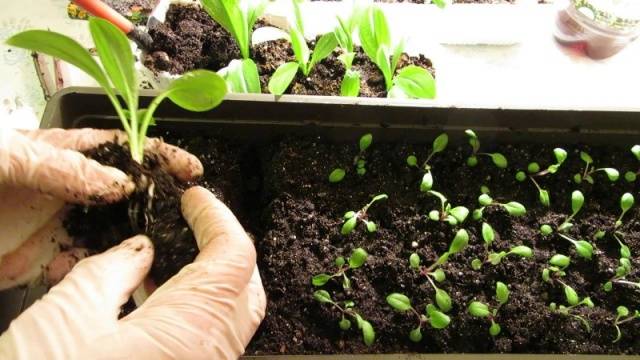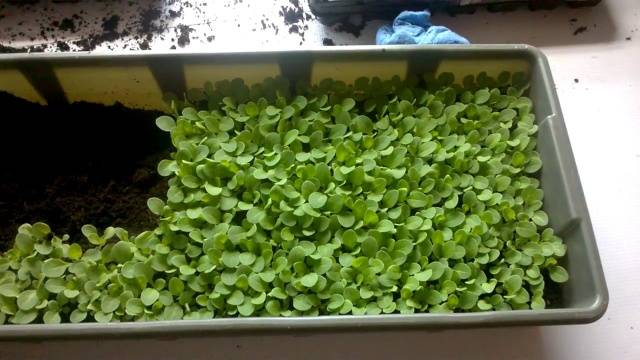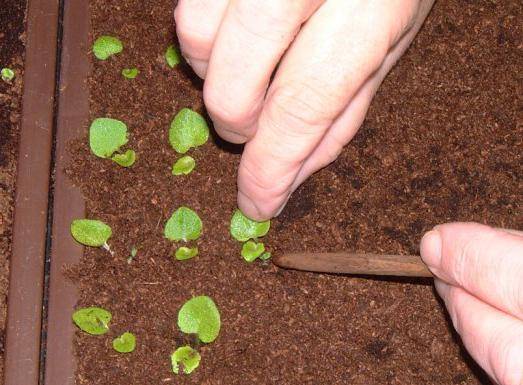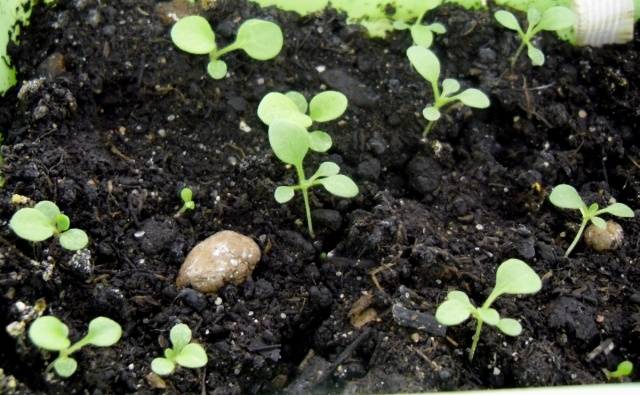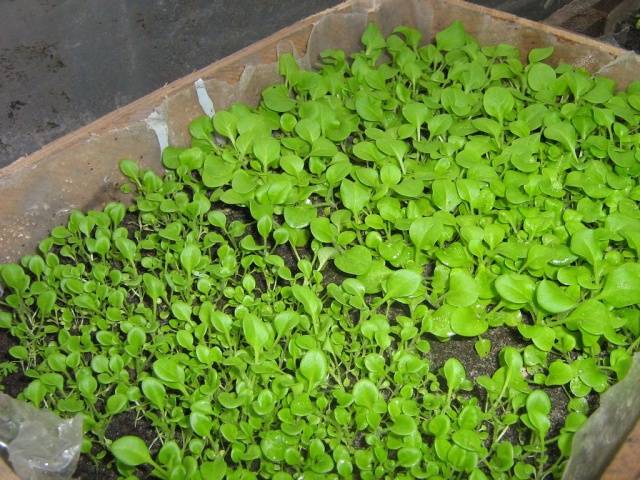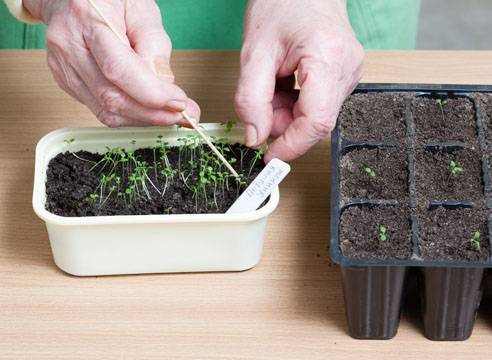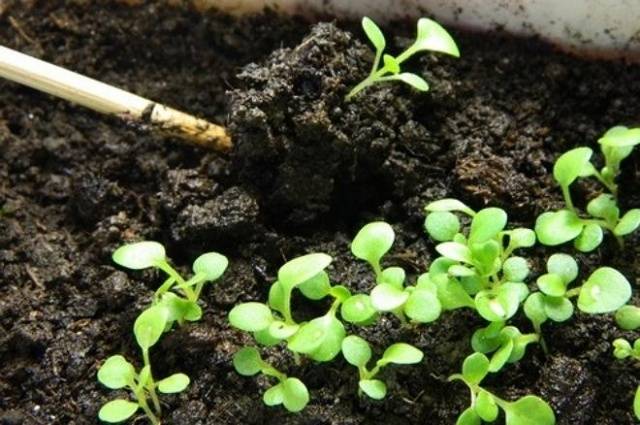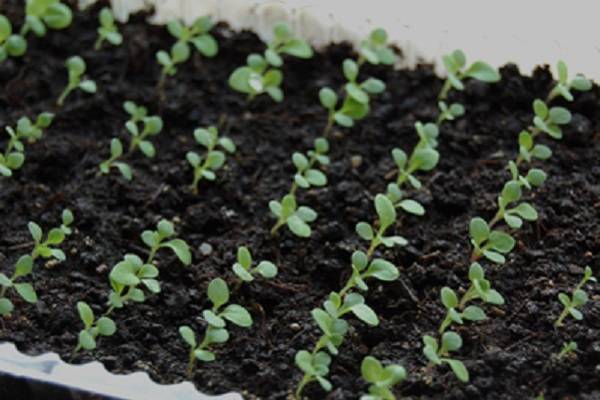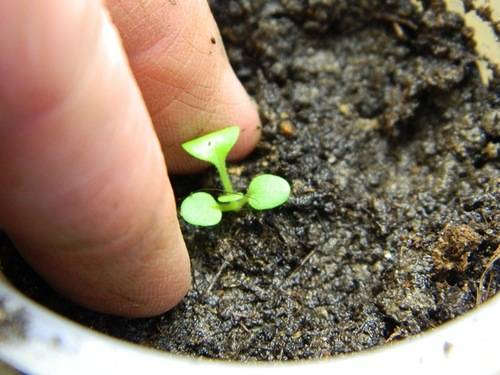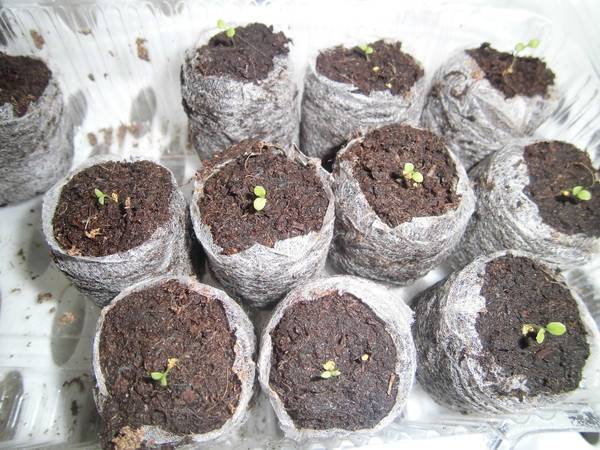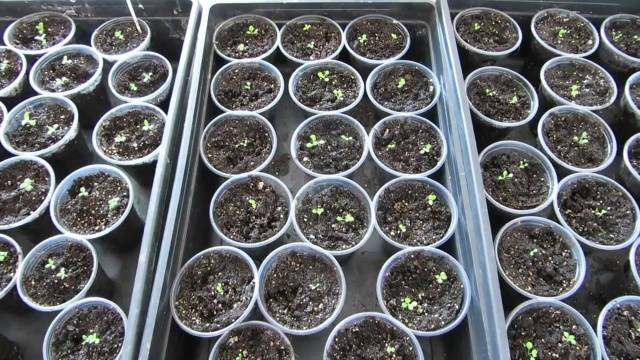Content
Petunias are becoming more and more popular every year. And even despite all the difficulties of growing seedlings on their own, more and more flower growers, including beginners, are trying to grow the varieties of petunias that have fascinated them on their own. After all, adult petunias are quite unpretentious, especially modern varieties, they can withstand rain, hurricane winds and 30-degree heat. They quickly come to their senses if their appearance turns out to be a little shabby after the invasion of the raging elements.
But the most interesting thing is that such an unpretentious flower like petunia is distinguished by a rather large capriciousness in the very first weeks of its life, apparently due to its very small size and relatively slow growth and development at the beginning of the path. But in order for petunias to develop well and quickly in the future, they need a pick.
Many beginners, just hearing this, as if a terrible and unfamiliar word, are already frightened and in advance refuse to grow on their own. petunia seedlings... Although in fact, picking a petunia is not so difficult if the plants are strong and healthy. In addition, it is often possible to do without it or not at all.
All possible options for picking a petunia and will be considered in this article.
What is a pick and what is it for
If we proceed from a strictly scientific definition, then picking or diving is the removal of the extreme part of the stem root from a young plant in order to stimulate the branching of the root system in it. But it so traditionally happened that more often by picking they mean simply planting seedlings from a common container where they were originally sown into separate containers, or transplanting also into a common large container, but observing a greater distance between plants - usually 3-5 cm.
At the same time, for some crops, a mandatory root pinch is done, for others, on the contrary, the less you touch the roots, the better. It is only necessary to take into account that when pinching parts of the root, the plant may even branch out its root system, but it will lag behind in growth from several days to several weeks.
Therefore, for some crops, the so-called transshipment is used - this is a transplant of plants with minimal exposure and touching the roots, and even better right with an earthen clod on the roots.
Petunia is calm about root pinching, but at the stage when the first pick is usually carried out, the petunia plants are too tiny to take into account their roots, so the pick is more like a transfer.
Timing of picking petunia
The answer to the question "when is it necessary to dive for a petunia?" is no less important than the procedure itself, since opinions on this matter can differ significantly. Some advise to dive as early as possible, arguing this opinion by the fact that at an earlier age, petunia seedlings take root better after a dive. Others advise you to wait until the sprouts get stronger, because the petunia plants in the first weeks after germination are so tiny that it's scary to even breathe over them, not exactly to transplant. Of course, in this case it is necessary to choose the middle ground.
The first petunia sprouts are two small leaves on a thin stalk and are called cotyledon leaves. These are not real leaves yet. It is necessary to wait for a couple more oval leaves to unfold higher - these are already real. This happens, as a rule, 12-16 days after germination. After the first true leaves have unfolded, the most appropriate time to pick the petunia comes.
In principle, this procedure can be carried out later, from the moment of unfolding of the second leaves and even further. But the later the picking is carried out, the more likely it is that the roots will suffer in the process. It also depends on how densely you have sprouted. If you sowed ordinary non-irradiated seeds, and you got some kind of a dense forest of seedlings, then you cannot postpone the dive of petunia.
If the seedlings are rather rare and are separated from each other at a distance of 0.5-1 cm, then you can wait, although, as already mentioned above, this period is optimal.
Traditional petunia pick
A similar pick is used for traditional sowing with ordinary non-graded seeds, when the seedlings are either simply very dense, or uneven, sometimes dense, sometimes empty. So, how to dive a petunia correctly so that it takes root well in a new place and does not delay in development. The following is a step-by-step instruction for the picking process itself.
You will need the following accessories:
- A set of cups or any other containers where you will transplant petunia seedlings. It is better to take the size, starting from yogurt cups and more;
- Toothpick or match
- A stick or unrefined pencil, about 1 cm in diameter;
- Loose fertile soil. You can take any purchased with a neutral reaction and add a handful of vermiculite to 5 liters of earth.
It is better to immediately stick on the cups with adhesive tape labels with the inscription of the petunia variety and the date of the pick.
- Holes are made in the cups with an awl from below, then drainage from expanded clay or small pebbles is poured in a layer of 1-3 cm and they are filled with soil, not reaching the edge of 1-2 cm.
- The soil in the cups is moistened and after the water is slightly absorbed, depressions up to 1-2 cm are made on top with a pencil or stick.
- On the next step, gently dig up the first petunia sprout with a match or a toothpick and, picking it up by the base (as in the photo above), transfer it with a small lump of earth and lower it into the depression prepared in a glass, deepening it to the very cotyledon leaves.
- Then sprinkle the soil to the stalk with the same match or toothpick and lightly compact the soil around the sprout with it. If you cannot hold the petunia sprout with a match, you can help yourself by holding it with your fingers or tweezers, but only by the cotyledon leaves.
- After all the sprouts are transplanted in this way, they will need to be very carefully, it is better to pour water under the root from a syringe without a needle. There are literally a few drops under each plant.
If there are a lot of seedlings - more than 20-30, then it would be more rational to transplant them according to the same scheme, but not in separate pots, but in one large container. The distance between the grooves should be at least 2-3 cm. In this case, however, you will most likely need another pick, or petunia seedlings can be planted from this container directly into the ground. It all depends on its development during this time.
Other picking methods
Recently, petunias are more often sown on seedlings using pelleted seeds. In this case, seedlings are rarely thickened, since the seeds are not so small, there are not very many of them, and it is quite easy to initially spread out on the surface during sowing, keeping a distance of 2-3 cm.
Ground filling method
In this case, instead of transferring the sprouts to other containers, a method of adding earth to the roots of plants is used.
To do this, you need to prepare a disposable plastic spoon and a toothpick (or match), as well as soil for filling. Having scooped up a little earth with a spoon, gently sprinkle it to the bases of the sprouts, starting from the most extreme, and supporting it at the same time on the other side with a toothpick. You can fall asleep in such a layer that it reaches the cotyledon leaves. After filling up one row, move on to the next until you reach the end of the container. Then the plants are gently watered with a syringe. You can also use watering from a plastic bottle, in the lid of which 3-5-8 holes are made. By screwing the lid on and pouring through it, you can not be afraid of strong jets of water that can damage delicate sprouts.
Method for deepening sprouts
If you sowed petunia seeds in a sufficiently deep tray and the thickness of the soil is sufficient, from 5-6 cm, then there is another way to facilitate picking of petunia seedlings.
You need to prepare a small stick with smooth edges so as not to damage the seedlings or an unfinished pencil. With the help of this stick, a small depression is made directly next to the sprout, then the petunia sprout is very gently displaced into this depression, with the help of light pressure on the base of the sprout. The same stick additionally scoops up the soil so that the stalk is squeezed by it. After this procedure has been done with all the sprouts, the seedlings are moistened as described above.
As a result of the last two described picking methods, which, formally speaking, are not picking, but perform its functions. That is, the sprout turns from a long, unstable thread with leaves into a stocky seedling, which, thanks to the additional soil, grows many more active roots on the recessed part of the stem.
Growing seedlings of petunias without picking
Peat tablets have become another innovation in recent years for growing seedlings. They should be used for growing petunia seedlings without picking. Since by the time the seedling roots begin to appear outside the pill mesh, the petunia seedlings will have time to turn into rather powerful bushes. They can be easily placed in any larger container and poured on the sides of the ground. In this form, the seedlings of petunia will easily survive until they are planted in the ground and may already begin to lay buds.
Another possible way of growing petunia seedlings without picking is sowing seeds one at a time in one pot. This method is almost similar to growing petunia in tablets and requires only careful selection of soil, which must be both air and moisture permeable.
It is interesting that with the development of petunia seedlings in peat tablets and in separate pots, at the stage of the appearance of the first true leaves, the sprouts can also be tried to carefully deepen using the second method described above. This will help the seedlings grow additional roots and develop faster.
A picking in itself is not something difficult, it only requires attention, patience and accuracy. With a little practice, you can easily apply any of the above methods of picking in practice, and petunias will thank you with lush and long flowering.
